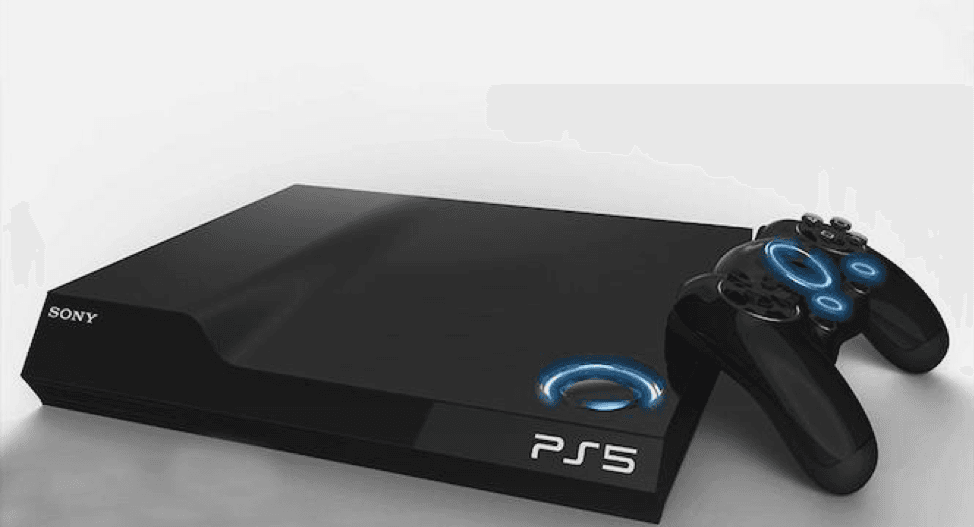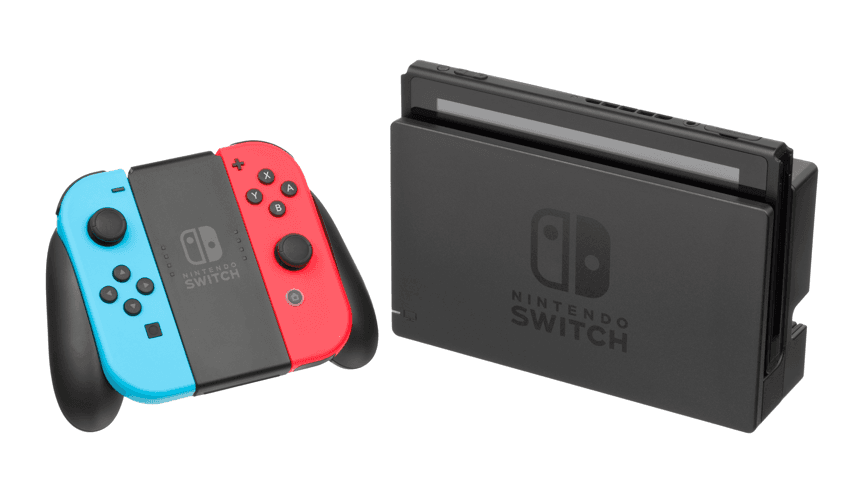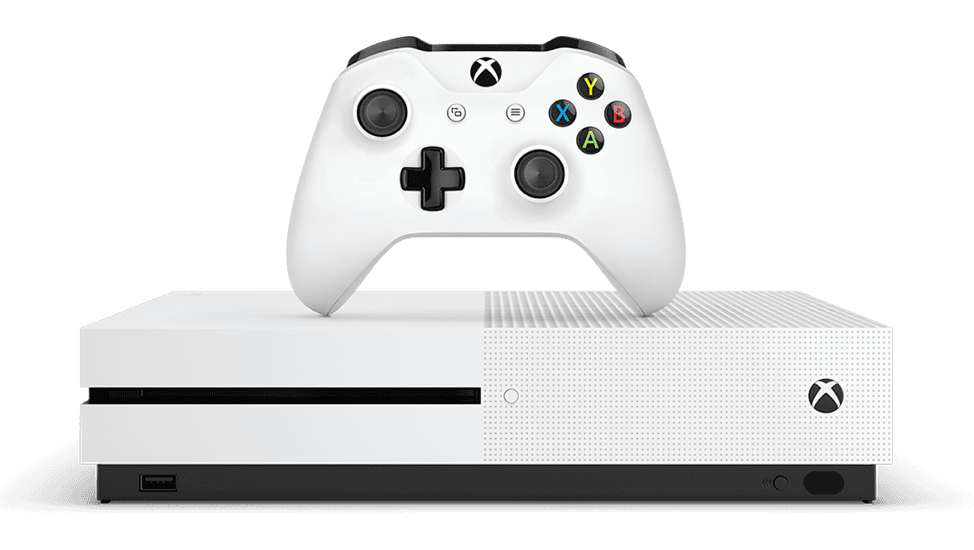Most Recommended Video Game Console Manufacturers By NPS®
by Ian Luck
The war between video game consoles has been raging for as long as the internet has existed. Countless comics, memes, articles, and social media posts are dedicated to finding which console truly reigns supreme, and gamers and casual fans alike can get pretty heated defending their preferred system.
Of course, favoring one console over another can come from any number of subjective factors, such as the games available for a system, the cost to own the console, and the ability to play games online, or access video streaming services. What one gamer might deem as the most important factor, another would completely shun. Therefore, video game console manufacturers have struggled to keep up with different gamer demands, working on cornering niches and keeping customers from jumping ship to a new system when upgrades inevitably come about.
What lies at the center of this console war is trying to keep customers satisfied, and therefore loyal. Video game console manufacturers have greatly benefited from console wars, as they have motivated the happiest customers to loudly laud their allegiance, and why that allegiance exists, in very public ways, while it has also motivated the unhappiest customers to say exactly why they’re unhappy equally publicly, which companies can learn from and act on quickly.
Because of these subjective arguments, many video game manufacturers have turned to the Net Promoter System® to measure and improve the customer experience. The console wars have forced this sort of NPS®-driven behavior onto video game console manufacturers, creating an industry that thrives on competition and fanatic customer loyalty. In the two decades since these manufacturers started doing battle for supremacy, only three companies remain that actually make consoles, and though the console wars between them aren’t as intense as they used to be, the competition and need to be number one remains.
Endless lists exist decrying or praising the current manufacturers and their systems on gameplay and technical bases—but no list yet explores which company actually has the customer base that’s most satisfied with their experience. And based on how customers generally behave, knowing which company generates the most loyalty via customer satisfaction is actually a better determinant for the number one console than these other ways of looking at the systems. So we’ll explore today which console is on top in NPS, the metric that states what companies are killing the customer experience game, and determine the current ranking of video game console manufacturers, and therefore their consoles. This ranking could be deposed moving forward; but right now, here is how the video game console market stands, and how each company got to where they are today—based on their Net Promoter Score®.
1. Sony - 61
Topping our list with the highest NPS is Sony, manufacturer of the Playstation systems, the most recent iteration of which is the Playstation 4. This isn’t much of a surprise—Sony has been utilizing NPS measurements and methods since 2006, where they immediately saw improvements with customer engagement and sales. These successes have continued, especially with Sony’s commitment to improve not only their products, but also their customer service response time. Sony wants to close the loop with customers faster.

Closing the loop, or following up on communication, is a key part of NPS, and of having a financially successful business. It all has to do with customer retention. Businesses that close the loop within 48 hours see up to a 12% increase in customer retention, aka customers that make more than one purchase in a year. Increasing customer retention by 5% can lead to 25%-85% in profit growth, and on top of that it’s 10% cheaper to sell to existing customers, rather than trying to bring in new ones.
Sony understands this, and so has put a lot of money and time into making sure customer service employees are well trained to handle a variety of customer problems, and that repairs on their products are done swiftly and effectively. By working to retain customers, Sony had a built-in market in 2013 when the Playstation 4 was released, and it’s paid off with 82.2 million PS4s sold, nearing the lifetime number of PS3s sold of 85 million—and is likely to overtake that number by the end of 2018.
Additionally, the PS4 continues to outsell all other consoles on the market, even while its own sales are technically in decline, going from 3.3 million sold in the first quarter last year to 3.2 million in the first quarter this year. Still, Sony anticipates selling 17 million PS4s over all 4 quarters in 2018. It’s made $17.9 billion in the first quarter in 2018, and its NPS is unwaveringly high.
The company is retaining its customer base brilliantly, listening to their needs and acting accordingly. It’s not surprising that they’re top dog right now, and they’re likely to stay that way for a while, unless some major shakeups happen.
2. Nintendo - 43
Nintendo is second on our list, but the company is in a slightly different position than Sony and Microsoft. Nintendo is a company that only makes video games, and video games consoles. Sony and Microsoft play a big part in the video game and console market, but they each make other electronics. Only Nintendo, at this point, is solely a video game company. Perhaps then we can see its NPS of 43 as a unique number. The scores for Sony and Microsoft are influenced by their electronic sales as well. However, that still reiterates that Sony is doing a great job with creating a positive customer experience, and they’re doing it across the board. Nintendo is second in this regard, as it is with console sales.
In the heat of console wars though, this might not be a situation that lasts. Nintendo reigned supreme around 2006 with the Wii, displacing the much more expensive, but more technically advanced PS3 in sales. By 2009, it was clear the opportunity to move around while gaming (something more than a few parents were vocal they wanted prior to the Wii at the time, showing Nintendo was listening to its customers, or at least the people buying the systems), was more of a draw than computing power. Sony and Microsoft each came out with accessories for their consoles that added similar interactivity with the Playstation Move and the Kinect in an effort to keep up.
But Nintendo’s supremacy didn’t last. Until 2016 with Pokemon Go, the company avoided mobile games, cutting themselves off from a big market. Additionally, the follow up to the Wii, the Wii U, didn’t follow in sales. The Wii U sold just 13 million units, an incredibly low number compared to the Wii’s 100 million. Nintendo credited the Wii U’s failure to not fully communicating the “novelty” of the system, namely its ability to function as a Wii, and as a game system you could play in your lap on the GamePad screen, depending on your preference. Not communicating this new tech well, combined with the Wii U’s big game releases being few and far between reflected a lack of customer-company communication that led to such comparatively poor sales. Nintendo focused more on having new tech than on what customers wanted to see from their systems. And they paid the price for it; Nintendo fell from grace to the finally more affordable and gamer-centric companies Sony and Microsoft, and fell to number two in sales, and in NPS. However, this might be shifting once again. Nintendo’s site is littered with customer feedback surveys these days, and developments in Pokemon Go are coming from user suggestions, as Nintendo and the game developer, Niantic, do everything they can to keep innovating in the game, and keep it interesting for consumers. It’s paying off—Nintendo’s stock went up $11 billion after Pokemon Go, and the Nintendo Switch console is only doing more to help.

According to Taru Bhargava of Appvirality, NPS plays a major role in smart app development and reducing app churn for modern gaming platforms.
“Just have a look at your smartphone and try and analyze a few apps on your screen. Chances are that a few of them have been on your phone for a prolonged period of time making you a loyal user. Being a regular user of the app, wouldn’t it make sense if an app developer took your feedback in improving the app?” -Taru Bhargava, Content Marketing, Appvirality
In addition, the Nintendo Switch’s marketing shows everything Nintendo learned about communicating with the customer from the Wii U’s lackluster performance. The fact that the Switch is highly portable, and can be played as a traditional console or with motion capture, can be seen everywhere in its advertising, showing all the ways it can fit perfectly into a consumer’s life.

With its release, the Switch also came a swarm of games from Nintendo’s biggest franchises just for the system, including new Mario and Zelda games that are very well reviewed. The Switch, accordingly, has already sold over 19 million units in just a year, and that number promises to increase exponentially around the holidays with the release of new Pokemon games for the system (something that’s always a boon to Nintendo’s sales).
And competing companies have something to worry about. From April 1st, 2017 to March 31st, 2018, Nintendo sold 17.79 million Switches, while Sony sold 19 million PS4s. That’s not a huge lead for Sony and its 5 year old console—another factor for Sony to worry about that could be Nintendo’s gain. Most customers at this point that would own a PS4 now have one. Accordingly, Sony has started to produce fewer PS4s each year, but has not announced a new system to replace it. If Nintendo continues its trend of listening to customer feedback, and advertising and adjusting games accordingly, Sony might be displaced as number one in the next year or two. It could even be sooner if Nintendo came out with a NPS-centric plan to improve customer satisfaction. They’ve displaced Sony before, after all.
3. Microsoft - 34
At the bottom of our list is Microsoft, manufacturer of the Xbox One, and its current iterations, the Xbox One X and the Xbox One S. As we mentioned above, it’s important to note that Microsoft’s NPS here comes not only from its video game console manufacturing, but from its electronics and software sales as well. However, their treatment of their video game consoles, and their console customers, seem to earn them the position of last place. The release of the Xbox One was plagued with problems for Microsoft, a big shift from their success with the Xbox 360. The Xbox One had emphasis in home entertainment rather than games, and initially would only work if eternally logged into the internet, something that previous was only necessary for Xbox Live, a subscription service many Xbox users didn’t participate in. Additionally, for the Xbox One to work, it would have to be always working with a Kinect that would always be on, which for privacy-minded customers was a complete turn off. In a few ways, it was clear the Xbox One was not designed with the average Xbox user in mind. In fact, it was very evident these customers hadn’t been consulted at all.

Microsoft faced further backlash when it wouldn’t be possible to share games on the Xbox One with friends (something Sony cheekily made fun of at their own E3 presentation by demonstrating how to share games on the PS4—pass the disc to a friend). This also promised to kill the used games market, a big factor when it came time for customers to pick a new, pricy console to own just as the PS4 and the Wii U released. The Xbox One was the number one console sold on Black Friday in 2013, selling one million units in 24 hours after its release, but that number capped quickly. Microsoft ultimately sold 10 million units by November 2014 (a number the Nintendo Switch beat in a year, and that the PS4 easily dominated at the time), but by 2015 stopped reporting its console sales numbers. Despite the Wii U’s difficulties, and some initial leads for the Xbox One, Microsoft fell far behind its competition in this most recent iteration of the console wars, and though the company ultimately released a version of the Xbox One that didn’t require the Kinect or as much internet access, it never quite bounced back.
After suffering pretty heavily from not listening to its customer base, Microsoft has made a bit of a turnaround. The latest Xbox One systems, the Xbox One S and the Xbox One X share a lot in common, but have different graphics capabilities (the Xbox One X can play games in 4K, while the S goes to 1080 HD), different hard drive sizes (the X has more space), and different prices (the S is half the cost of the X) to fit different kinds of gamers. You can actually take a quiz on Microsoft’s Xbox One website to find which system would be best for you as an individual customer. Personalization is a big help with NPS and customer satisfaction, so it’s a wise move on Microsoft’s part.
Microsoft also may not be reporting console sales, but they do report Xbox Live subscriptions and usages. This acknowledges some defeat in the console wars, but also an embracing of PC and online gaming, which are highly lucrative markets, especially with Xbox Live games being playable on different devices, as in on a console and on a PC. Microsoft maybe won’t overtake the PS4 this generation in tech specs or sales, or be able to match the innovations in the Nintendo Switch, but the company at least released new consoles in the last year, unlike Sony, and the company demonstrates a great understanding of measuring customer satisfaction in its evaluation of Microsoft Office 365. Microsoft is still very much a player in the video game and video game console market. If they can implement some of their strategies for understanding customers in this field, as they do with their software and other electronics, in a few years it could once again be a force to be reckoned with.
Conclusion
Video games are currently a $137.9 billion industry, and the industry is expected to grow to $180.1 billion by 2021. Being the top of this heap is a lucrative place to be, especially within console games, as they’re the second largest part of the video game market, just behind mobile games. However, new players are coming forward in the console war. As VR becomes more advanced and inexpensive, innovators in the space, like Facebook’s Oculus, will make harder beeline to the heart of the marketplace. Nintendo was a trendsetter in their Pokémon GO AR experience. That being said, consumers are constantly look for more life-like escapism.
It will be interesting to witness how NPS and customer feedback in general adapts to these emerging markets.
Blog Home









